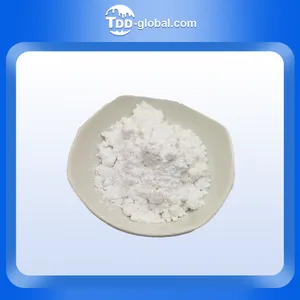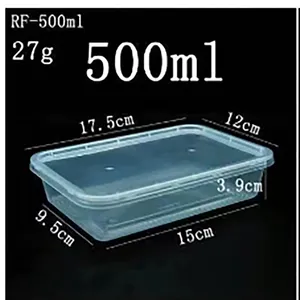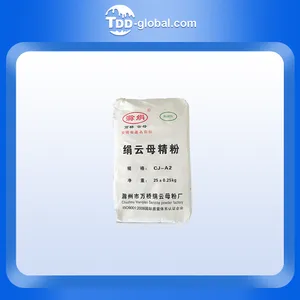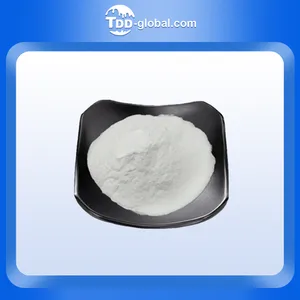[Compact Response]
Producing a 50/50 mixture of methanol and water is a straightforward process often used for various applications like fuel blends or antifreeze. Here's a simple method:
1. Safety First: Wear protective gear like gloves and goggles since methanol is toxic and flammable.
2. Measure Accurately: Gather equal volumes of methanol and water. You can use a graduated cylinder or a measuring cup for precision.
3. Mixing: Pour the methanol into a clean, non-reactive container (preferably glass or plastic). Slowly add the water while stirring gently to combine.
4. Double-check: Verify the ratio before use. If needed, use a hydrometer to measure the solution's specific gravity.
Remember, this mixture can be hazardous; handle it with care, store it properly, and avoid ingestion or skin contact.
Recommended Suppliers
-
 小敏测试128
小敏测试128 -
 5xiaominrenminbiAAABBB
5xiaominrenminbiAAABBB -
 L-Valine 99% white powder
L-Valine 99% white powder -
 PVC Resin HS-1300 K70-72 Cable Grade
PVC Resin HS-1300 K70-72 Cable Grade -
 Thickened square box
Thickened square box -
 Sericite powder for anticorrosive coating
Sericite powder for anticorrosive coating -
 Food Grade Carboxyl Methyl Cellulose white powder 1%, 1000-2000
Food Grade Carboxyl Methyl Cellulose white powder 1%, 1000-2000
- •how many crankshafts are in a v8 automobile engine
- •low carbon dioxide in blood
- •how to make 50 50 methanol
- •how to make 50 50 methanol
- •Analysis of the development overview and growth prospects of China’s talc powder
- •A brief analysis of the cost of China’s talcum powder industry
- •The main ingredient of baby powder in European and American countries is still talc
- •Longsheng Talc creates the world’s industrial “MSG”
- •Haicheng City, Liaoning Province promotes the upgrading of talc powder advantageous industries





